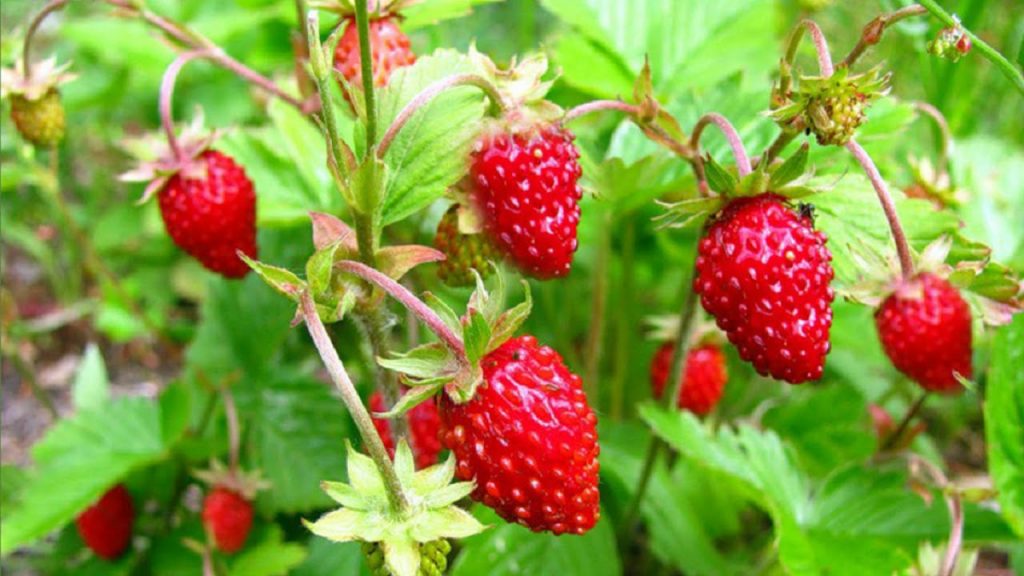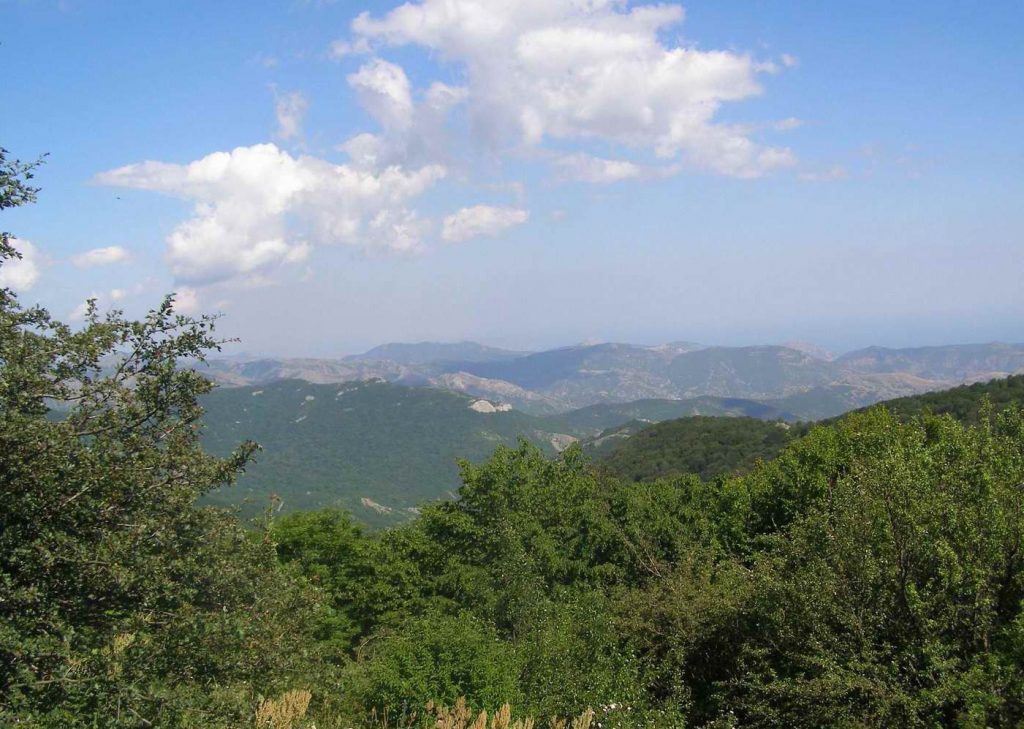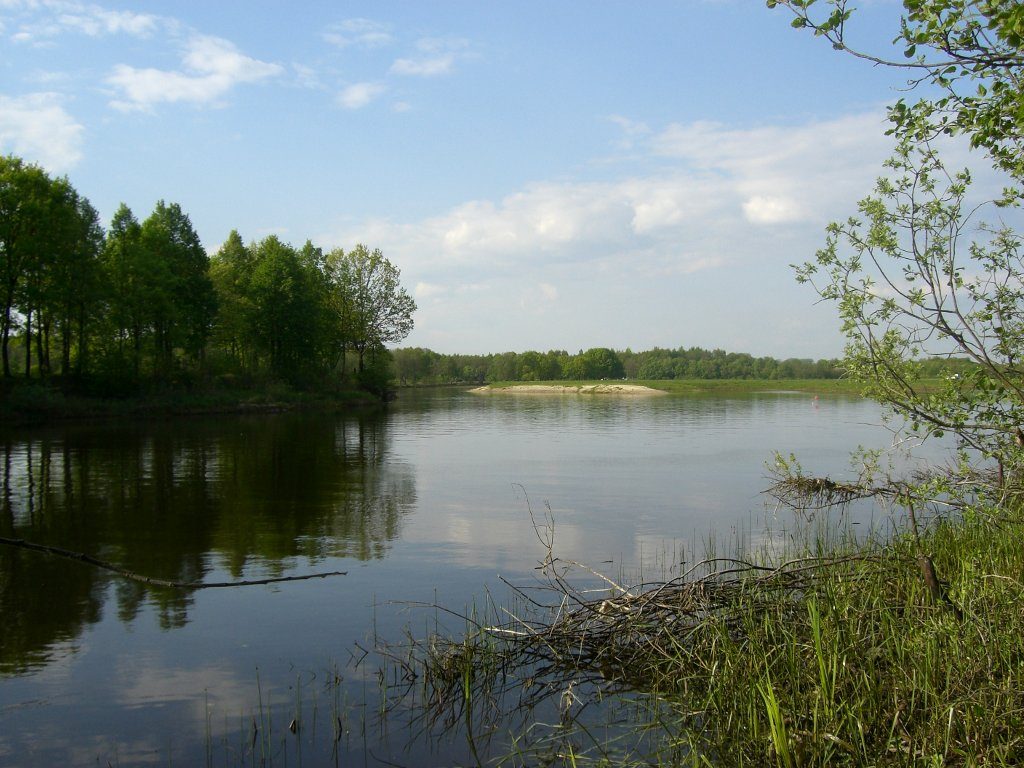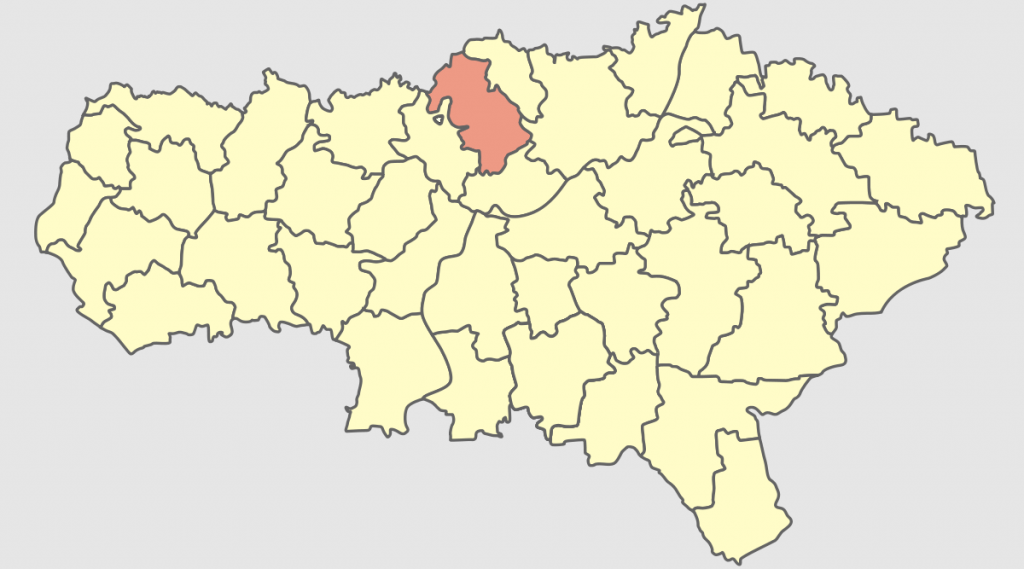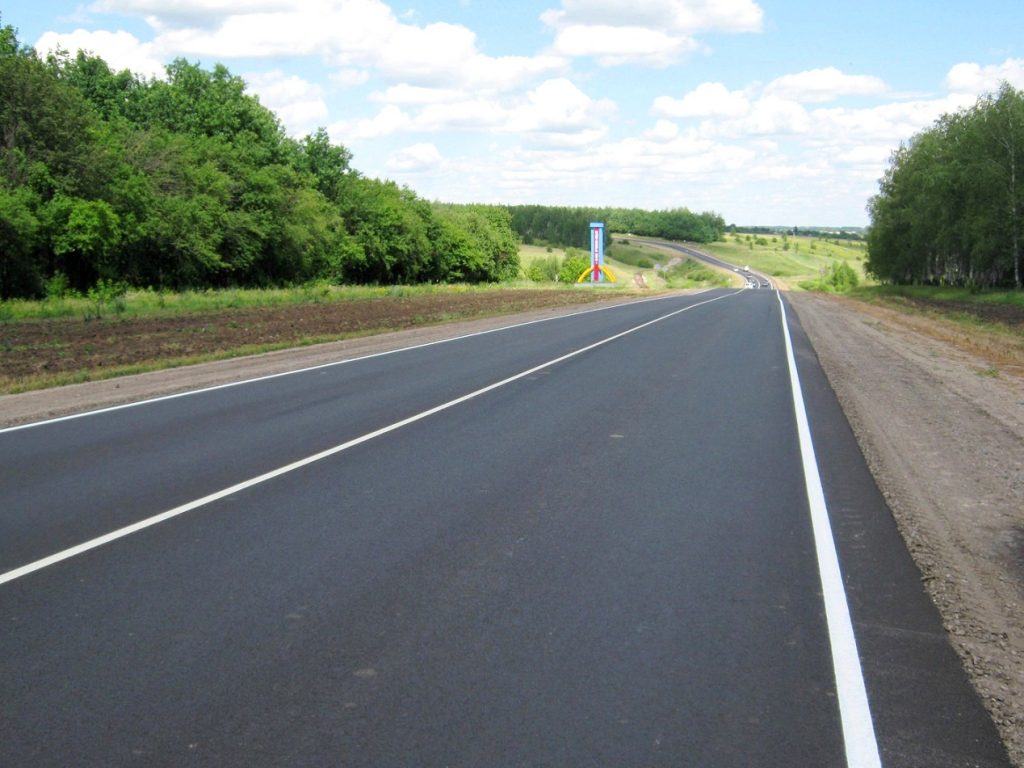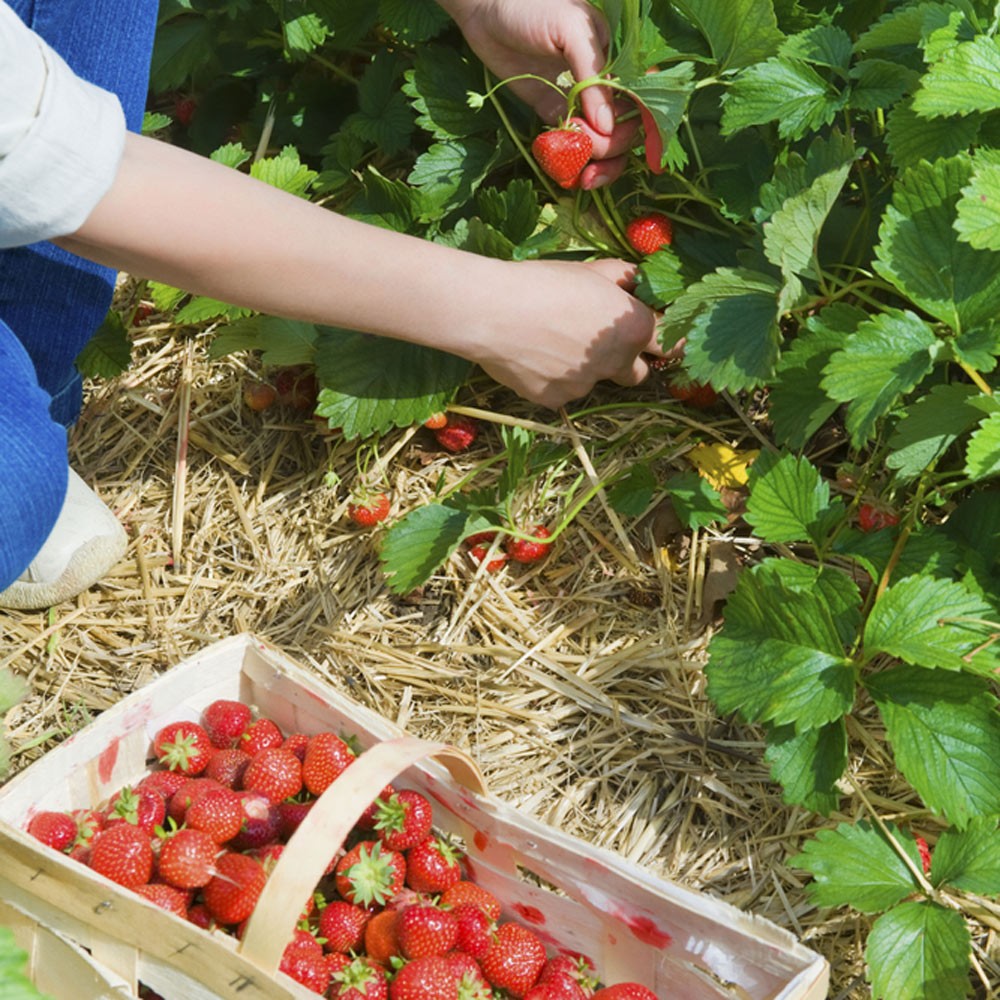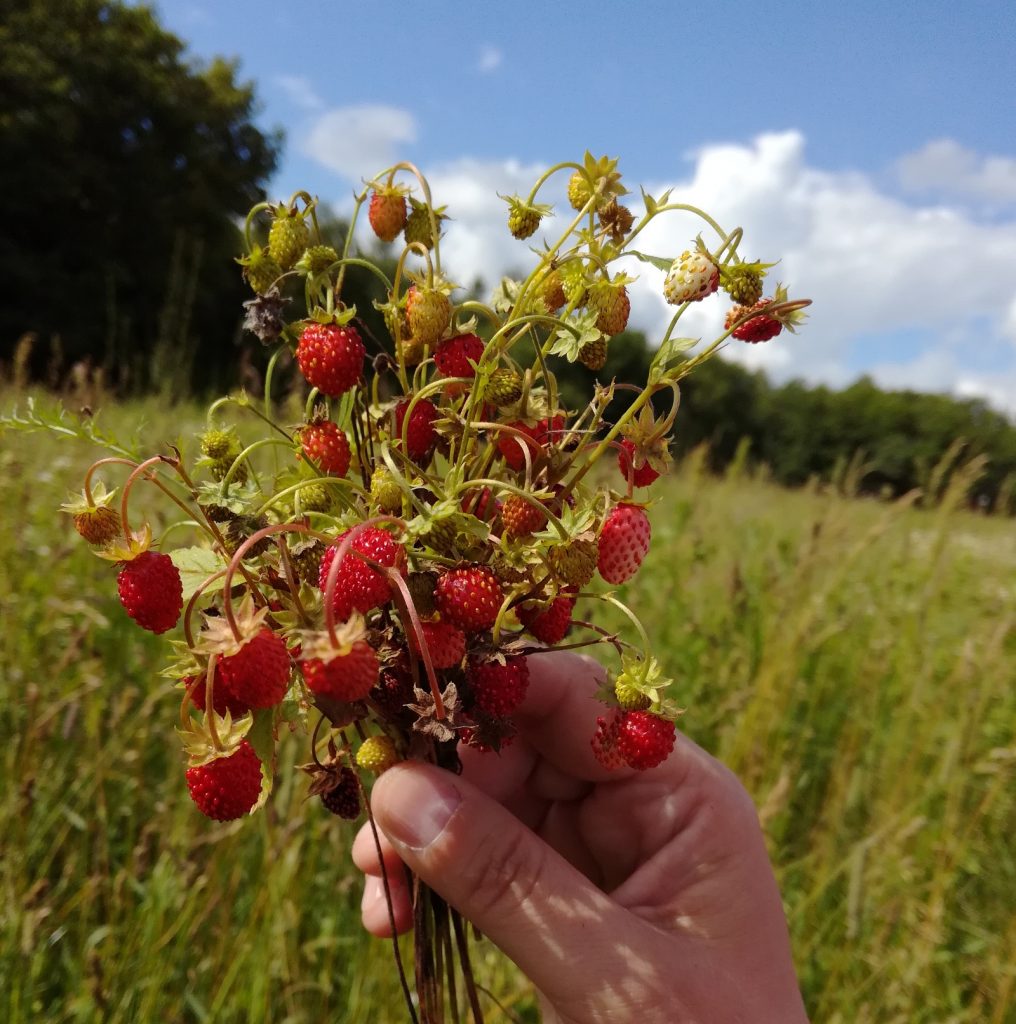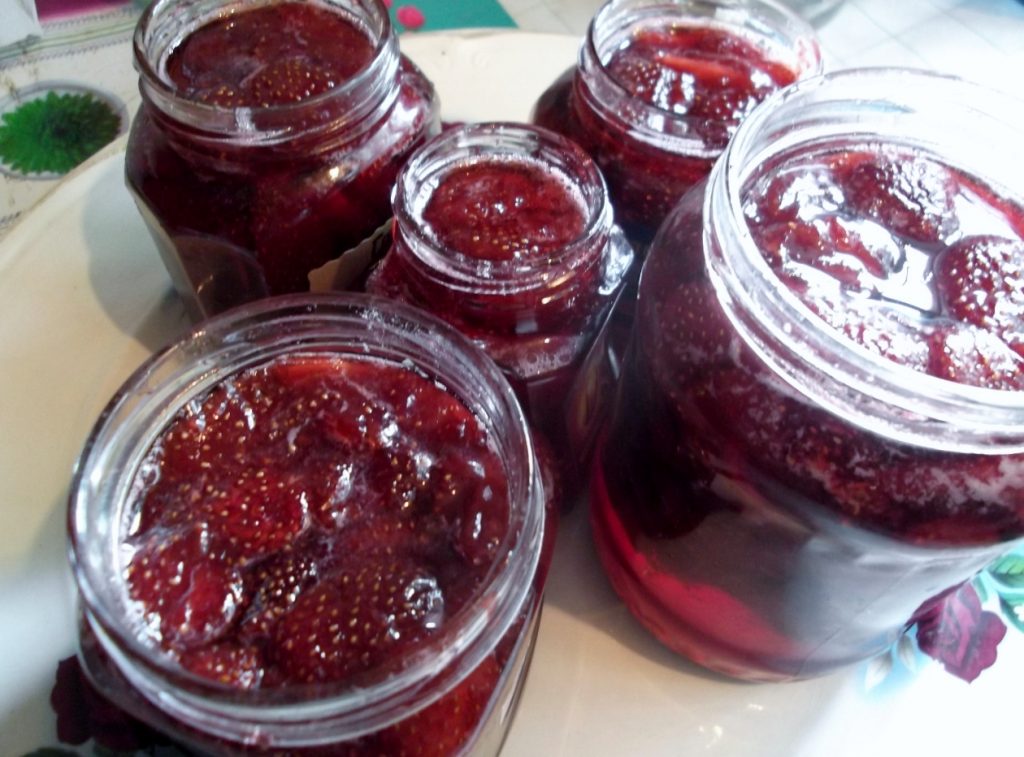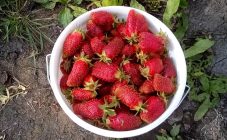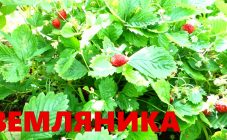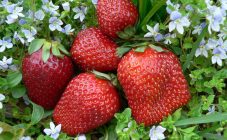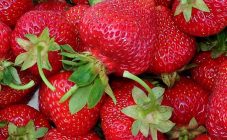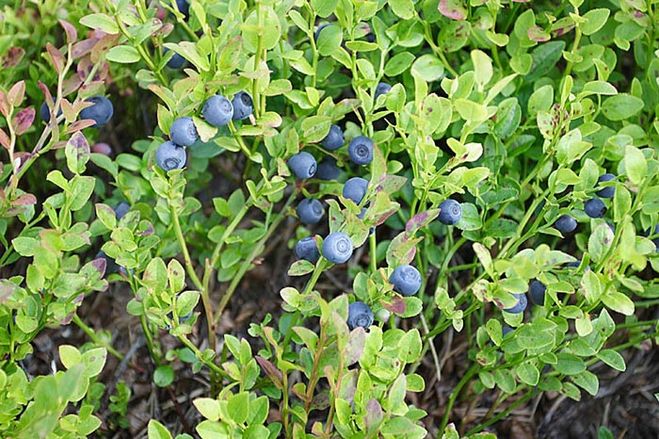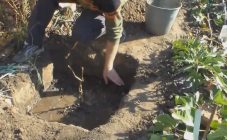Content:
- General information about strawberries
- Collection in different regions
- Where strawberries grow in the suburbs
- Strawberries in Crimea: where it grows
- Where to pick strawberries in the Tula region
- Where strawberries grow in Kursk
- Bryansk region
- Kaliningrad region
- Strawberries in the Saratov region: where it grows
- Strawberries in Oryol: where to collect
- Nizhny Novgorod Region
- Vladimir region
- Penza region
- Ryazan Oblast
- Collection features
Forest or meadow strawberries are considered one of the most common berry crops in Russia. Its wild plantings are found in many parts of the country. Their collection is characterized by a number of specific features.
General information about strawberries
Many people love strawberries more than homemade strawberries. It is renowned for its excellent taste. In the wild, forms small fruits that are relatively difficult to harvest. When cultivating varietal varieties of crops in appropriate conditions, it is possible to achieve not only large, remarkable fruits, but also a higher yield.
The culture is a perennial herb belonging to the Pink family. The plantations bear fruit for several years in a row. On the surface of the earth, the plant is represented by thin oblong appendages, which are called whiskers. The root system is thin and short, has a brown color. The foliage is distinguished by edges with pronounced denticles and reticular veins. During flowering, medium-sized white inflorescences form on the plant.
Collection in different regions
Strawberries can grow not only in meadows and glades, but also in the forest.
Where strawberries grow in the Moscow region
Before starting the collection, you need to decide where in the Moscow region to go for strawberries. A common place for picking berries in the Moscow region for 2018 is the Naro-Fominsk and Serpukhov regions, as well as the area around the Salut boarding house, located in the Pushkin district. Large plantations are also found near Lake Biserovo in the Noginsk region and in Bronnitsy. Collecting strawberries in the Moscow region is regularly carried out in Yegoryevsky and Shatursky districts.
In the Moscow Region, there are a number of fruit-growing organizations that not only grow strawberries for their own purposes, but also offer their harvest to everyone. The largest of them is the Moscow Region State Farm named after Lenin, whose buses pick up people from a certain metro station in Moscow and bring them to the collection point.
Strawberries in Crimea: where it grows
The area sown with strawberries in Crimea is 660 hectares. Apart from this, there are numerous plantings of wild culture in the forests. The fruiting of this culture in the Crimea falls on the 10th of June. Strawberries are found mainly in fields, meadows and hillsides. In mountainous areas, berries are also widespread, but the crop ripens there about a month later. Most of all can be collected in the eastern part of Crimea. So, wide plantings are found around the village of Krasnoselovka. There are no less plants in the area of the Berlyuk peak (upper Kuchuk-Karasu), as well as on the slopes of the Sugar Loaf in the southern side.
Among the cultivated varieties of strawberries in Crimea, the following are most widespread:
- Crimean woman;
- Chelsea;
- Redgolt;
- Pegasus.
Where to pick strawberries in the Tula region
Strawberries in the Tula region are found in the Dubensky district. So, a good harvest can be harvested in the area of the local forestry enterprise and in the Motorinskoye forestry, as well as in meadows near the following settlements:
- Luzhnoe;
- Porechye;
- Volkana tract.
When determining the place where to pick strawberries in Tula, take into account that spontaneous plantings of strawberries are widespread in the following areas of the region:
- Bogoroditsky;
- Yasnogorsky;
- Leninist;
- Chernsky;
- Kurkinsky;
- Venevsky;
- Aleksinsky;
- Kireevsky.
Where strawberries grow in Kursk
Throughout the territory of the region, there are extensive plantings of strawberries. It is believed that the largest and best of them are located in the Oboyansk region. You can find strawberry glades in Medvensky, Fatezhsky districts, as well as near the local airport. People come to these places to collect strawberries from Voronezh, Lipetsk, Orel and other regions.
Bryansk region
Specialists in the collection of these fruits most often come to the area of the Bolva River for fruits. People going there for the first time should arrive on time, as there is high competition and there is a risk of not having time to collect strawberries. There are wide plantings in the area of lakes near the Lavshino station and near the Holy Lake, located behind Novonikolaevka. Raspberries, blueberries, strawberries and other berries can be found in the same places.
For self-collection of fruits, you can come to the territory of regional research institutions located in the Vygonichsky district. So, with the permission of the management, you can collect strawberries in the nursery of the Bryansk State Agricultural Academy. In the suburb of Bryansk - the village of Michurinsky - the All-Russian Research Institute of Lupine is located, where you can also go to collect fruits.
Kaliningrad region
Berry places in this region are located in the Zelenogradsk area at the turn to the Curonian Spit. There you can find a forest, next to which the berry grows. On the way to Mamonovo, behind the village of Ushakovo, there are also forests, not far from which you can pick up a lot of berries.
Strawberries in the Saratov region: where it grows
On the territory of the Atkar region, there are large strawberry plantations. You can meet them not only in glades and meadows, but also in the area of the abandoned DOSAAF airfield. Good berries are picked in Lipki, as well as in Burkino. You can get there both from the side of the road to Volgograd and from the highway to Krasny Tekstilshchik. It is also recommended to go to the Bazarno-Karabulak region and look for exits to the forest between the settlements of Teplovka and Alekseevka.
Strawberries in Oryol: where to collect
The largest place in the region where strawberries can be harvested by self-picking with the permission of the management is the All-Russian Research Institute of Selection of Fruit Crops, located in the suburb of Orel - the village of Zhilino on the northwestern exit of the city (towards Bolkhov). The settlement next to Zhilino - Mezenka - is also considered a village with very rich strawberry fields. Traditionally, amateurs bring large harvests of strawberries from Mtsensk. Along the Oryol - Livny route, you can also collect fruits of interest to fans. So, wide plantings are located behind the village of Stanovoy Kolodez.
Nizhny Novgorod Region
At a distance of 200 km from Nizhny Novgorod in the north direction there are abandoned fields where you can pick strawberries without permission. Closer plantings can be found in the area of the village of Ovsyanka, Voskresensky District, and in the Sormovsky meadows.
Vladimir region
Klondikes of strawberries in the region under consideration are Vyaznikovsky, Gus-Khrustalny and Sudogodsky districts of the region. A good crop can be harvested on the territory of the 17 MYUD breeding plant located in the vicinity of Suzdal.
Penza region
In this region, there are large areas of coniferous forests, which have always been a haven of strawberry plantations. They are especially widespread in the eastern and northwestern part of the region (Zemetchinsky district). Other places where you can collect enough berries:
- Mokshansky district (the villages of Pyasha, Mokshan, Simbukhovo);
- Kuznetsk district;
- Sosnovoborskiy district;
- Luninsky district
Ryazan Oblast
The culture is most widespread in the forest-steppe part of the region, in particular, in areas such as:
- Korablinsky;
- Starozhilovsky;
- the southern side of the Zakharovsky and Ryazan regions.
Other plantings of strawberries are located in the following areas:
- Kasimovsky;
- Klepikovsky;
- Rybnovsky and Spassky (Meshchersky part).
In previous years, the berry was more common in the Ryazan region. Powerful forest fires in the summer of 2010, provoked by an abnormal drought, destroyed a significant part of the plantations.
Collection features
In addition to Russia, strawberries are widely distributed throughout the world. Thus, large plantings of the culture under consideration can be found in North and South America and in the northern part of the African continent.
In most cases, strawberry stands are a compacted mass, evenly distributed over the surface of the plot, or glade. Crop specimens are also present in forest belts. Large berry deposits are often found in light forests with sparse trees. In Russia, plantations are found both in forests and on former cultural, but now abandoned fields.
Ripening of strawberries occurs in the second decade of July. By July, the fruits concentrate the highest juice content and acquire the most marketable appearance.
If a particularly sultry and hot summer with a minimum amount of precipitation turned out in this growing season, cleaning should be done as quickly as possible. If this is not done, then the crop runs the risk of becoming unusable when it has not yet been removed from the shoots.
The process of collecting strawberries has a number of specific nuances. Firstly, this process is carried out exclusively by hand; during cleaning, in no case should you use various tools (tongs, etc.). Extraneous devices can injure the shoots, as a result of which they will lose the ability to bear fruit in the next growing season. Only fully ripe fruits can be harvested. Unlike many other fruit crops, strawberry berries do not ripen apart from the shoot and quickly dry out or rot.
For normal full ripening, plants need a one-day break between harvests, however, in dry seasons there is no way to make such a gap, since harvesting is daily and continuously. The removed fruits are placed as quickly as possible in a cool, darkened room. Under the influence of direct sunlight, the harvested crop quickly deteriorates. During transportation, the berries must be covered with something.
To quickly detect plantings of strawberries in natural conditions, you must first of all pay attention to the most shaded areas. Having chosen a suitable clearing, you should carefully examine it, examining and, if possible, pushing the grass apart with your hands. After a certain period of time, thickets of strawberries will definitely be found.
For the first time, it is rarely possible to find suitable berry deposits. For many, it takes a whole day.The best thing to do in a situation like this is to sketch out a rough plan or map, which will mark the discovered large stands of strawberries. Perennial plants have been constantly growing in the same place for several years, and therefore next year it will also be possible to harvest berry crops on the same site.
It makes no sense to go to the forest to pick berries at the end of May. The ripening rate of fruits, even in proven and best suitable places for strawberries, varies depending on the weather and climatic conditions during the given growing season. In the case of a warm spring, the harvest ripens much faster, while in cold spring periods this process slows down. In July, in the Moscow region and other regions, there is practically no chance of finding strawberries: if they are not yet dry from the heat, then animals eat them.
Collection of strawberry fruits has some other specific nuances:
- If you find one bush, the plant is highly likely to find others nearby.
- It is almost impossible to find strawberries in thickened forest areas.
- When harvesting in meadows, you need to pay attention to the taller bushes and the tallest grass.
- Meadow strawberries enter the full maturity phase about 1.5-3 weeks later than forest strawberries.
- Berry plantings are often hidden under other low bushes.
- Strawberries almost never grow under pines and firs.
Before going to the forest, you need to carefully read the relevant guides. This will help you to better examine the culture, so that it is easier to recognize it on the site. The collected berries should be sorted out as quickly as possible: pluck the tails from them and rinse thoroughly.
A fully ripe berry has certain properties by which it can be distinguished from unripe fruits. The main one is easy separation from the cup without any effort. Cups, stems and stalks must not be collected with the fruit.
Harvested berries are most often consumed fresh, but they are also used to make jams or compotes. Drying berries for the winter is widely practiced.
Regardless of how and where the collection of fruits will take place, there are a number of general requirements that must be followed before you go to harvest strawberries:
- Do not taste dubious or unknown fruits or berries.
- Be sure to use repellents and tick repellents.
- Inform someone in advance about the departure for the berry hike and the estimated time of return.
- Wear clothing that can reliably protect against ticks.
- Take with you a fully charged phone (if possible with a spare battery also charged), a navigator or a map, as well as matches wrapped in a waterproof material.
Having decided on which region and place to choose for harvest, and thoroughly preparing, you can collect a large high-quality crop. Products prepared on its basis will delight with their taste and useful properties during the winter period.
